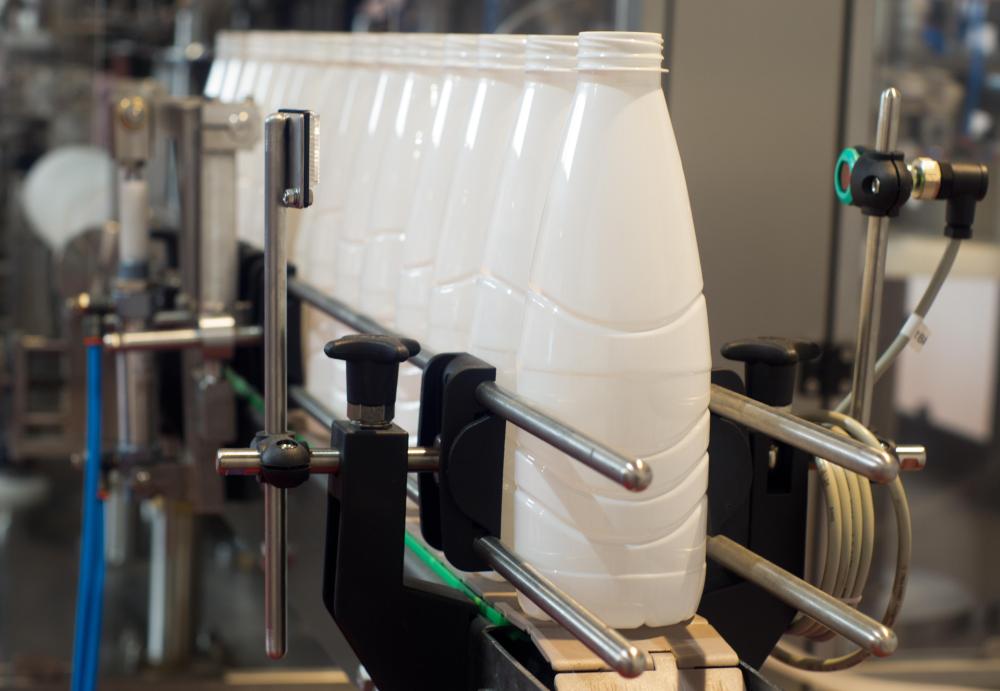At TheHealthBoard, we're committed to delivering accurate, trustworthy information. Our expert-authored content is rigorously fact-checked and sourced from credible authorities. Discover how we uphold the highest standards in providing you with reliable knowledge.
What is Safe Plastic?
Safe plastic is plastic which does not leach chemicals known to be harmful to human health. People may also use the term “safe plastic” to refer to plastics which will not deform or break down in conditions such as heat. It is important to use safe plastic for safety and health, and to avoid using plastics for purposes for which they are not designed, as they may not hold up very well. More data on plastics and health is being uncovered all the time, so it is wise to periodically check to confirm that plastics believed to be safe are still recognized as safe.
The concern with plastic is that a variety of chemicals are added to plastics during processing, and these chemicals could leach out. Leaching can happen under any conditions with some plastics and chemicals, while others only leach when they are stressed, as when plastics are reused numerous times, heated, bent, or used to hold caustic materials. Chemicals of most concern include bisphenol-A (BPA), phthalates, and benzene, which are added to harden, plasticize, or bring out other traits in plastics.

Polypropylene and polyethylene are generally recognized as safe plastic for things like food and beverage containers. However, these plastics can leach if they are reused over and over again, or, in the case of thin plastics, if the plastic is heated. When used to hold food or drink, leaching is a big concern because the chemicals leach directly into things consumed by people, which can create a serious health risk.
Manufacturers may opt to voluntarily label safe plastic, but people should not necessarily take manufacturers at their word. Independent auditing organizations periodically test products such as plastics to confirm that they contain what their manufacturers say they contain, and these results are made available to the public as a service for people concerned about safety. It is also possible to choose containers made from alternatives, such as glass or metal, for people who are especially concerned.
If a plastic is recognized as safe, people should follow usage recommendations. For example, if a water bottle says that it should be recycled after use, it should not be reused, as it may begin to leach otherwise. Likewise, if a plastic product has specific recommendations about temperature ranges, these should be observed for safety. Those who are not sure about safe uses can contact the manufacturer for more information about the plastic.
AS FEATURED ON:
AS FEATURED ON:











Discuss this Article
Post your comments